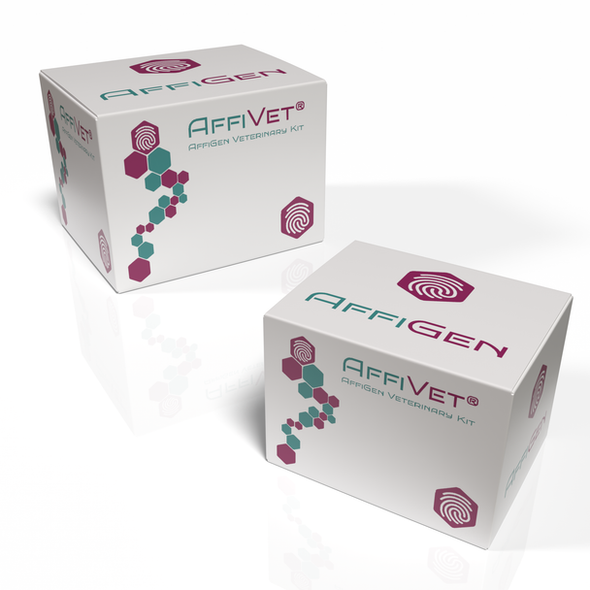Description
AIV Ab ELISA
Avian Influenza type A virus antibody
Wild birds and some poultry infected by HPAI show no clinical signs, and their virus shedding amount is too small to be detected by an antigen capture immunoassay. The AIV Ab ELISA has been developed for screening these latent AIV carriers by detecting AIV antibodies.
Indications
- Avian influenza virus antibody detection
- Monitoring of Avian Influenza virus carrier
- Antibody detection for migratory bird surveillance
Special Features
- No cross-reaction with other avian virus positive sera
- Applicable to various species
- Specimen: Serum, plasma or egg yolk
- No sample dilution is require
- Reading time: 45 minutes
- Sensitivity: Chicken 98.2%, Duck 97.5%, Turkey 97.1%
- Specificity: Chicken 97.3%, Duck 93.8%, Turkey 100%
Quick Procedure
- Prepare AIV NP antigen coated test plate
- Add 50 µL of controls and sample to wells
- Add 50 µL of anti AIV antibody-HRP to each well
- Incubate plate for 30 minutes at 37°C
- Wash plate 6 times
- Add 100 µL of substrate (Ready to use) and incubate the wells for 10 minutes at room temperature
- Add 100 µL of stopping solution
- Measure the optical density (OD) at 450 nm with reference wavelength at 620nm
- PI value=[1-(OD sample/mean OD negative)] x 100
1 Review
-
AIV AB ELISA KIT | EB45-02 | BIONOTE
Avian influenza (AI) is caused by infection with viruses of the family Orthomyxoviridae placed in the genus influenzavirus A. Influenza A viruses are the only orthomyxoviruses known to affect birds. Many species of birds have been shown to be susceptible to infection with influenza A viruses; aquatic birds form a major reservoir of these viruses, but the overwhelming majority of isolates has been of low pathogenicity for chickens and turkeys,and the main birds of economic importance are affected.






